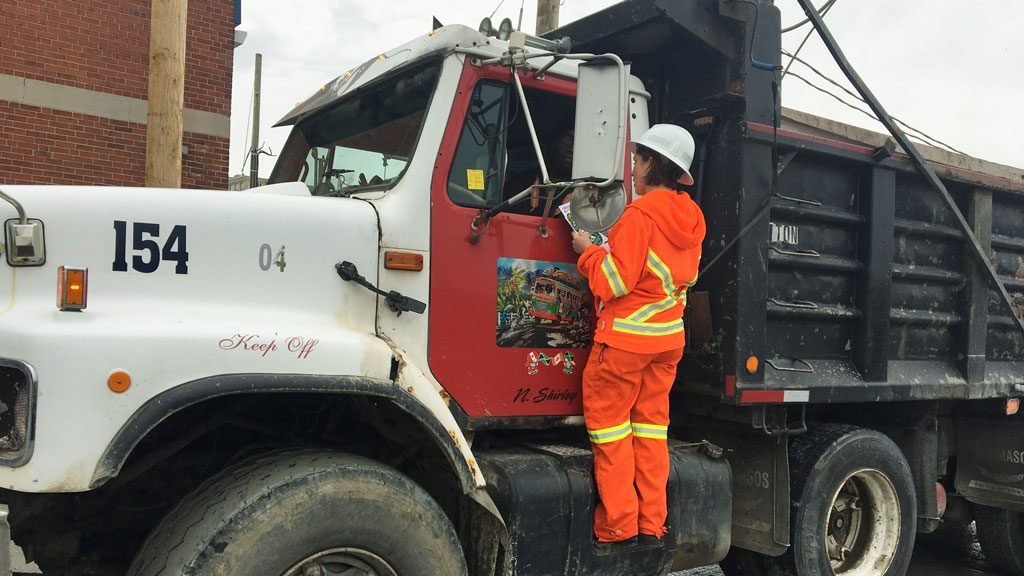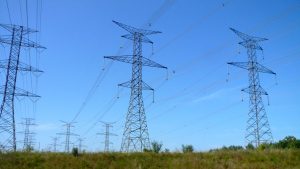Sept. 19 was Black Thursday in Ontario’s electrical sector with three separate incidents of workers contacting overhead wires causing two electrocution deaths and injuring two others.
The spate of mishaps left construction, electrical and health and safety stakeholders upset, frustrated and searching for answers.
“I came back to the office Friday and all hell had broken loose,” commented Ontario’s Chief Prevention Officer Ron Kelusky. “We are doing so much better in construction but across the board, those types of incidents, especially when they come in a cluster, it’s frustrating.”
“The Electrical Safety Authority is very saddened to hear any time there are incidents of an electrical nature,” said Dr. Joel Moody, the ESA’s chief public safety officer. “Our thoughts are with the families who have experienced loss.”
Two of the three involved construction work. The third, in Kawartha Lakes, was at a private home where workers trimming a hedge on an elevated work platform contacted a powerline. One worker died and the other was injured.
In Vaughan, a Ministry of Labour report said a worker employed by Pontil Drilling Services sustained fatal injuries when a drill boom made contact with overhead power lines.
In Scarborough, east Toronto, a worker for Darcon was injured when a tower crane hit an overhead powerline. The jobsite constructor is Paramount Structures.
“This is a stark reminder of the dangers of working near electricity and clearly shows there is a need for more to be done to keep workers safe,” said James Barry, executive chairman of the IBEW Construction Council of Ontario, in an online statement.
There have been 1,250 reported overhead powerline contacts in Ontario in the last 10 years with an average of two deaths per year, making the pair of fatalities on Sept. 19 a full year’s worth statistically. The ESA says construction workers are at especially high risk with 60 per cent of powerline contacts occurring with dump trucks on construction sites.
We urge situational awareness with a hazard assessment being the first thing they should do,
— Dr. Joel Moody
ESA
“This cluster that we had last Thursday, this is extraordinary,” said Moody.
The ESA responded to the mishaps with a statement urging awareness of the specific hazards related to working near wires. It’s a message that echoes those of the ESA’s Powerline Safety Week awareness campaign that’s launched at the start of construction season each May.
The ESA also works with utilities, haulers and arborists on a regular basis, Moody said.
“We urge situational awareness with a hazard assessment being the first thing they should do,” he said. “Be aware of your surroundings.
“All of these incidents are preventable. Electricity is very lethal and unforgiving and having safe work practices every day is very important.”
Kelusky said an initial step following an incident is to examine the circumstances and determine the causes. Analysis should be done to learn the context of the mishap.
“The situation in Kawartha Lakes, we don’t know whether it’s expediency, the time of day, whether people were rushing to get the job done,” he said.
The incidents of Sept. 19 did not involve utilities workers, he noted.
“For the most part, if you look at the utilities, they live and breathe health and safety,” Kelusky said. “These weren’t utility workers, the guys dealing with the live stuff, they deal with it with great respect and understanding. That is a cultural thing from top to bottom.”
Despite the incidents of Sept. 19, Kelusky said, the statistics show construction is getting safer and that the construction sector in the province is developing a more integrated safety culture.
Responding to the comment urging that more be done, Kelusky said a major focus of his office is linking the diverse efforts of the health and safety community. His office has recently pledged to work with Ontario’s Industrial Health and Safety Association to undertake more research to be able to provide stronger tools to employers.
The approach to falls across the province in the last decade is a good example of how research can lead to program development and working with employers and employees to deliver results, Kelusky explained.
“What we want to do is supply labour and employers with more information other than, if you touch that it will hurt you,” he said, referring to electrical hazards. “We did that with falls and touch wood that seems to be going well.”
Looking ahead, Kelusky said, there are positive signs from Queen’s Park with the auditor general conducting a much-needed review of health and safety programs, the government reviewing the WSIB and signals from the new Minister of Labour, Monte McNaughton, that he is keenly interested in health and safety and working collaboratively with stakeholders. That’s on top of the WSIB’s new Health and Safety Excellence Program and the continuing growth of COR.
Follow Don Wall on Twitter @DonWall_DCN.







Recent Comments
comments for this post are closed